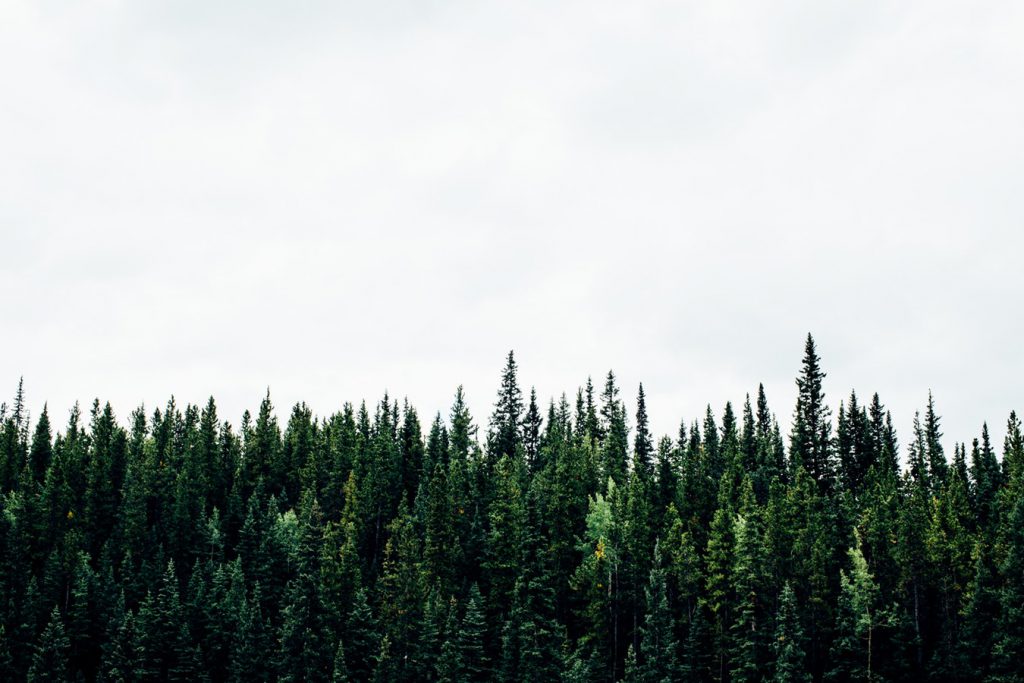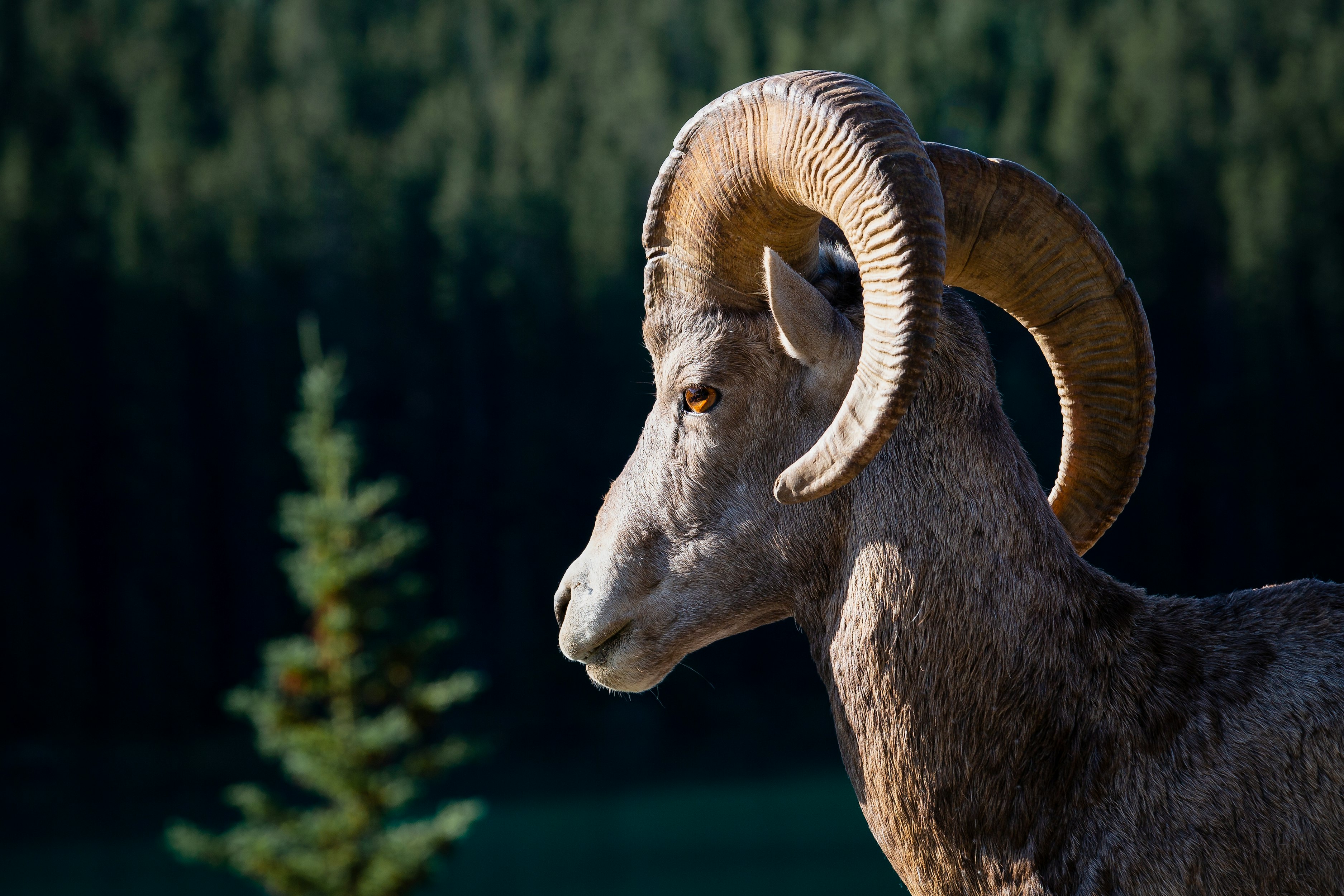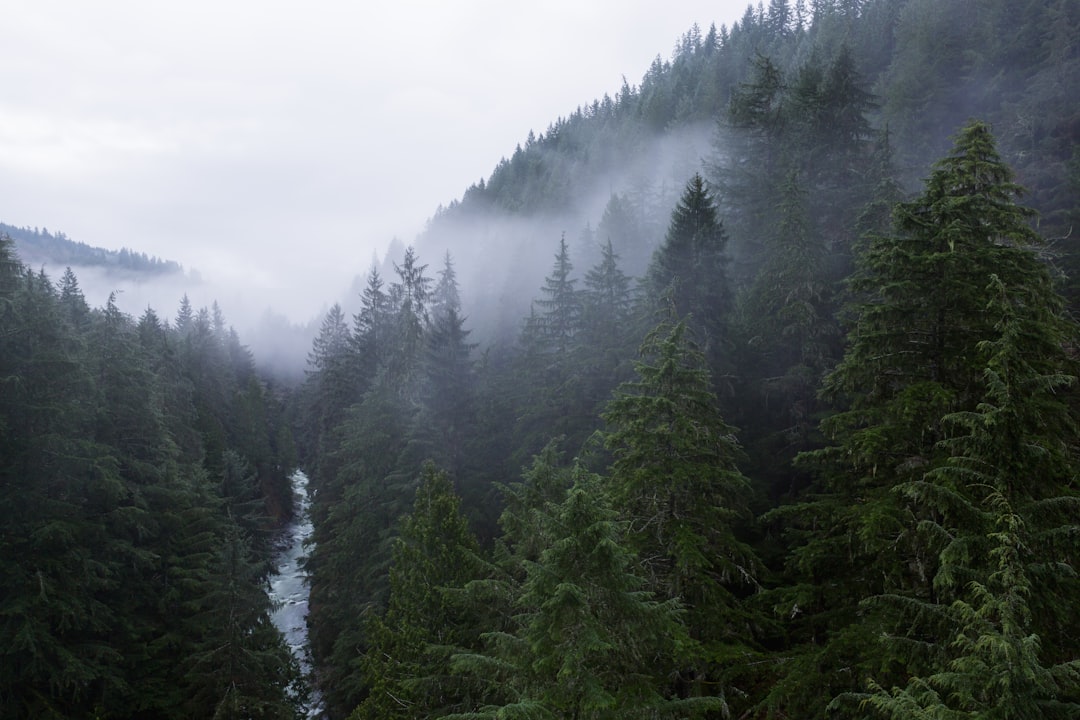Uprooting FDR’s ‘Great Wall of Trees’
This article highlights the environmental mentality of the modern farming methods taught in our universities. As described below, farmers are destroying the Northern Great Plains shelter belts which the WPA planted – for their benefit and at great cost – during the Great Depression. Quoting the authors:
“FDR, long fascinated by forestry, had a plan to curb the Dust Bowl. On July 11, 1934, he issued an executive order for what he called on multiple occasions “my baby,” allocating $15 million for “the planting of forest protection strips in the Plains Region as a means of ameliorating drought conditions.”
Shelterbelts provide a natural wood supply and thick natural habitat for birds — a crucial check on destructive insects — and other wild game. They trap snow on the fields, increasing soil moisture come planting season, and they protect farmsteads and livestock alike from harsh winter winds, putting a major dent in home fuel needs. And though it’s virtually a non-starter for most plains farmers today, windbreaks also help sequester carbon, an important role in the fight against global warming.
Still, many farmers and ranchers — even when presented with the economics of improved yields and fewer inputs — continue to remove their shelterbelts, disregarding or ignoring the signs of climate change and the threats of another Dust Bowl. Without an ingrained conservation ethic, the benefits appear too abstract, too out of sync with the prevailing attitude toward trees in plains agriculture.
Even though shelterbelts increase crop yields and have been demonstrated without a doubt to be an enviornmental enhancement, the percentage of farmers who perceived a definite value in windbreaks dropped from 51 percent to 32 percent, and those who saw no value in windbreaks at all doubled, from 7 percent to 14 percent.”
NOTE: this article excerpt is being republished with permission of thefern.org. It was written by Carson Vaughan and appeared November 1, 2017. The feature photo is used with the permission of photographer Michael Benz. The photo did not appear in the original Food & Environment Reporting Network article.
FDR’s shelterbelts, planted after the Dust Bowl are being cut down in the climate change era of Industrial Agriculture.
Surely the end was nigh. Up and down the Great Plains, from the Texas panhandle to the Dakota prairies, dust stripped the paint from their barns, the wheat from their fields, the money — what pitiful amount was left — from their pockets. “Today is just common hell, death and destruction to every growing thing,” wrote Donald Hartwell, a Nebraska farmer, in his journal. “God in his infinite wisdom might have made a more discouraging place than Webster County, Nebraska, but so far as I know God never did.”
The dust starved their cattle and choked their friends, their neighbors, swallowed a young schoolboy in Hays, Kansas, just a quarter-mile from his house. The roiling “black blizzards” veiled their homes in darkness, left their creaking floors rippled with silt, caked the bed sheets they soaked in kerosene and stretched across their windows. Like bandits, they tied handkerchiefs around their faces — only they were the victims, held hostage by the billions of tons of topsoil they’d plowed under over the previous half-century. They greased their nostrils with Vaseline. They swept. They prayed. They swept again. And often, finally, they left.
But FDR, long fascinated by forestry, had a plan to curb the Dust Bowl. On July 11, 1934, he issued an executive order for what he called on multiple occasions “my baby,” allocating $15 million for “the planting of forest protection strips in the Plains Region as a means of ameliorating drought conditions.”
Over the next seven years, the United States Forest Service — in conjunction with local farmers, the Civilian Conservation Corps and the Works Progress Administration — would plant more than 220 million trees as part of the Prairie States Forestry Project, developing 18,000 miles of windbreaks on 33,000 Great Plains farms and helping curtail one of the largest man-made ecological disasters in history.
Click here for the full article on TheFern.org: Uprooting FDR’s ‘Great Wall of Trees’
—
Carson Vaughan, November 1, 2017. Uprooting FDR’s ‘Great Wall of Trees’. Retrieved December 28, 2017, from https://thefern.org/2017/11/uprooting-fdrs-great-wall-trees/



